- Facebook70
- Pinterest26
- Total101
I love fresh fruit! Sometimes if I am lucky, I find myself with an abundance of produce and need a way to preserve it before it goes bad. One of the things I have been interested in, was How to Dehydrate Fruit. I wasn’t exposed to anyone that did this when I was growing up. I wasn’t even aware that people did dehydrate food for preservation purposes until I was much older. I have had to teach myself the process of dehydrating food, through trial and error.

Learning How to Dehydrate Fruit is an amazing way to preserve your foods, while also concentrating their natural flavors.
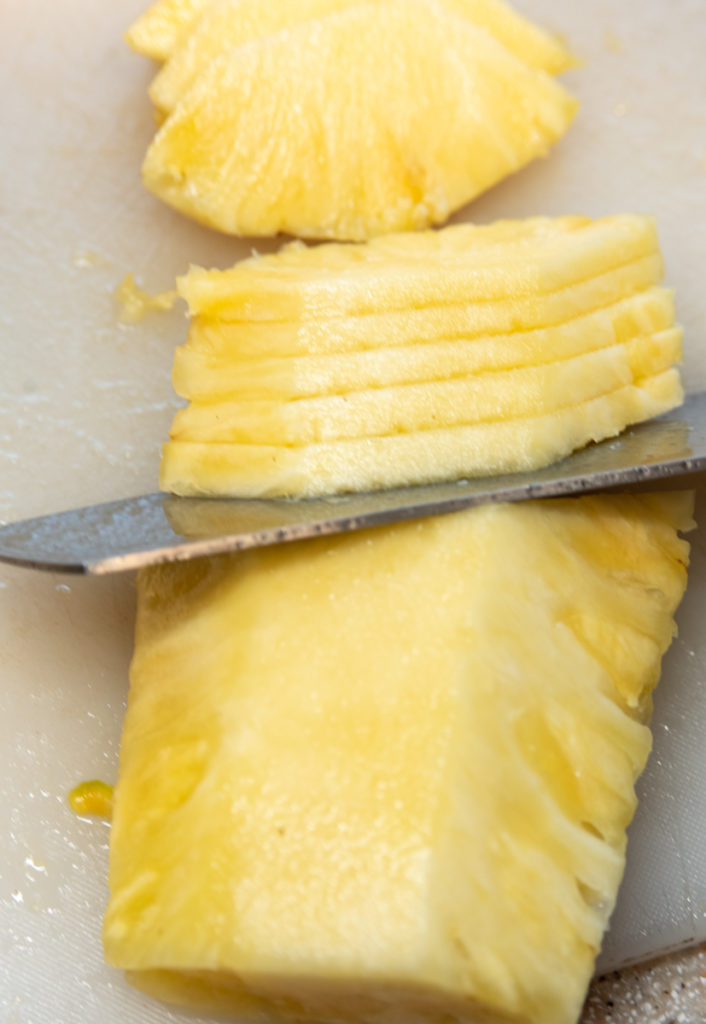
My first foray into food dehydration was over 30 years ago with a predictable choice. It was oven dried beef, that I had marinated, sliced thin and turned into beef jerky. The end result tasted wonderful, but it monopolized my oven for a full day and a half. This was mildly annoying and I never did that again. Years later, I purchased a real food dehydrator. It was the popular Presto brand. It was round with I think, 5 circular trays. I liked this dehydrator a lot and used is often, but it required many dehydrating sessions to fully dehydrate all of my bounty and I flat wore out that dehydrator.
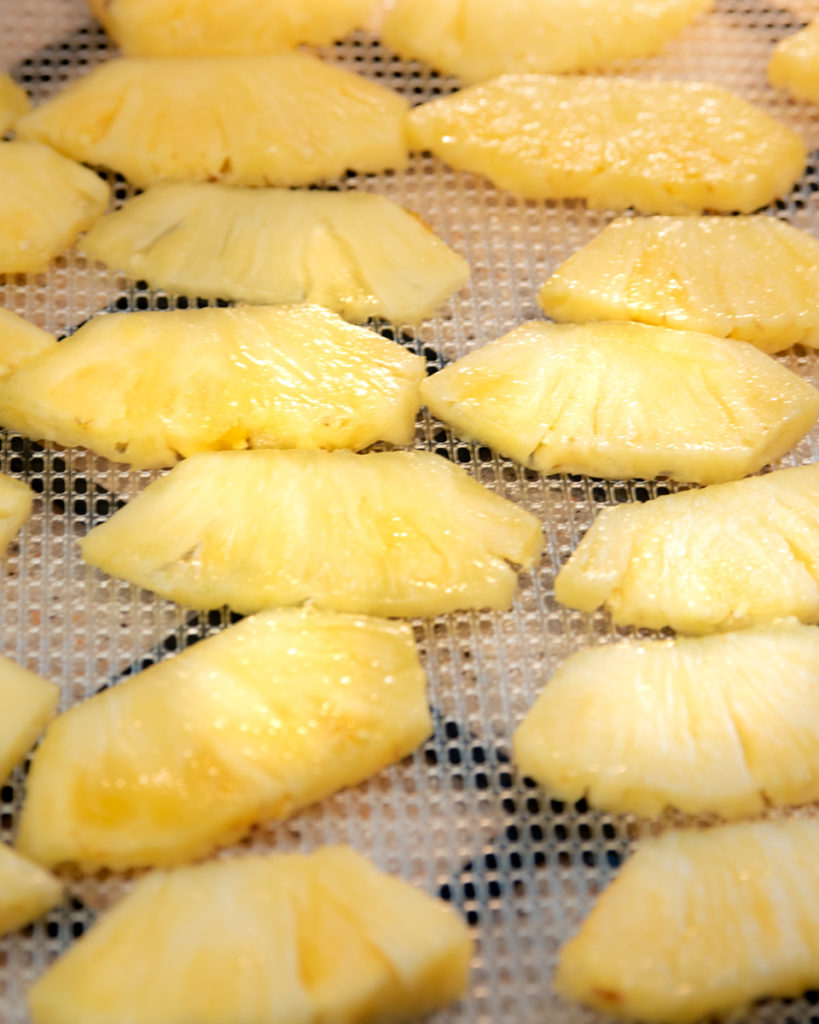
Several years ago, I did quite a bit of research and found my current Excalibur Dehydrator. It has 9 large trays and holds A LOT of food! I love to fill all 9 trays with a single type of fruit, knowing I will have a huge bounty when it is all done. This enables me to store lots away for the future. On the other hand, when there is a big variety of fresh fruit in season, I love to fill it with all the colors and varieties I can find. These become amazingly tasty snacks we enjoy right away!
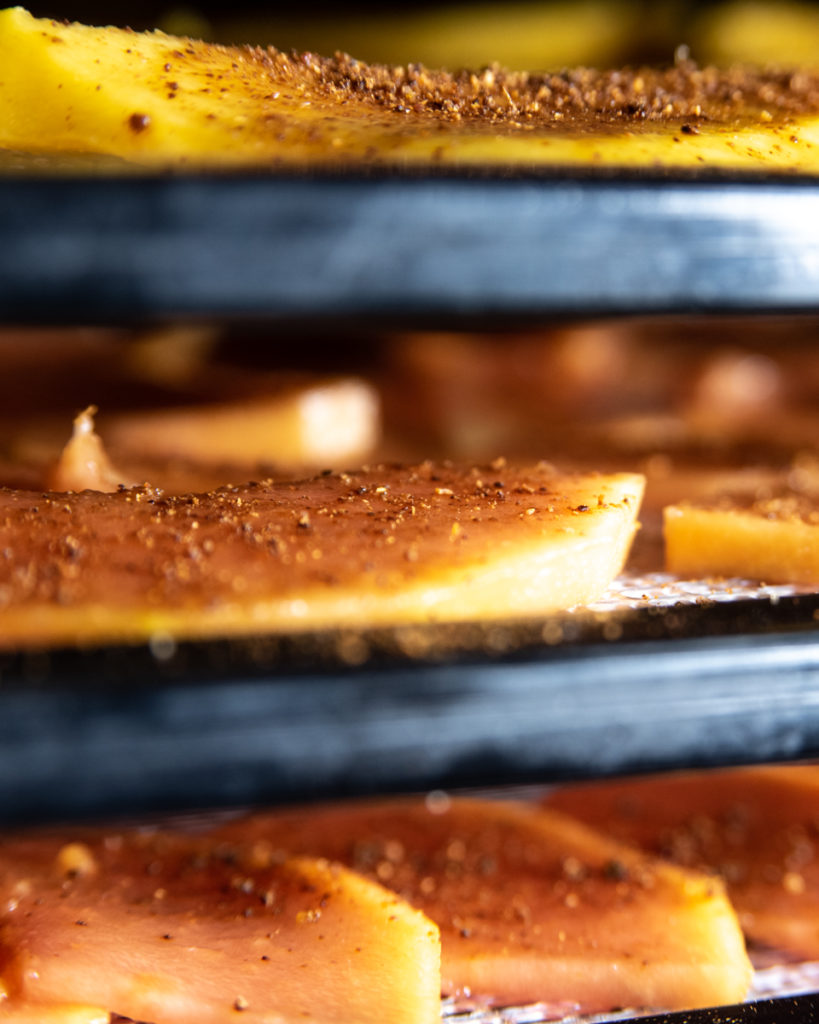
When you learn How to Dehydrate Fruit, your world of healthy snacks opens up with a smorgasbord of delicious flavors.
If you are interested in How to Dehydrate Fruit, you need to determine which fruit you want to eat. The flavors of dehydrated fruit become much more intense. When the water and juices are pulled from the fruit during the dehydration process, the resulting flavors are amped up and strong, so make sure you love the flavor of the fruit you choose. Pick fruit that is at the peak of their season, and already bursting with flavor.
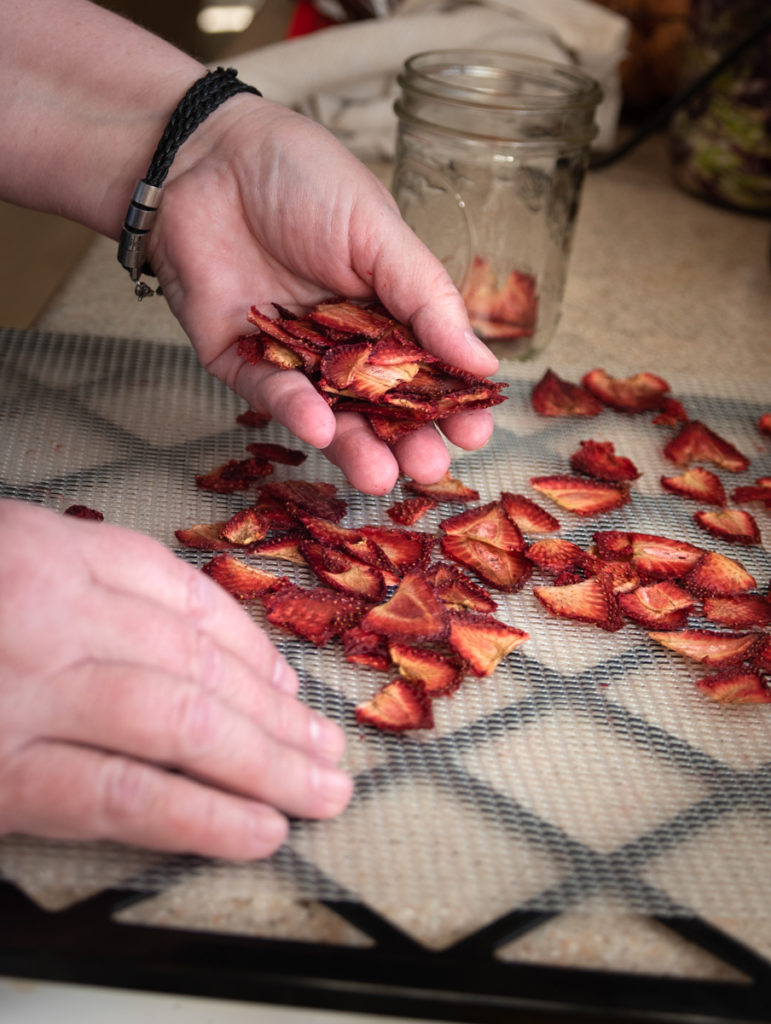
You do not need a dehydrator to dehydrate your food. You can start, as I did, with your oven. You will want to make sure your oven temperature is low, approximately 150-175 degrees. On a baking sheet, either place a silpat or piece of parchment paper. You will want to slice your fruit in uniform, thin slices. If you have many different thicknesses dehydrating at one time, you won’t have even drying and some may not get as done as others. Place your fruit on the baking sheets in a single layer, making sure the pieces do not touch. Then, place your baking sheet(s) in the oven on low (150-175 degrees) and leave them to slowly dry over a period of hours (8-16 hours). The length of time they need to dry is wholly dependent on the thickness of the fruit, the water content of the fruit you choose and the temperature of your oven.
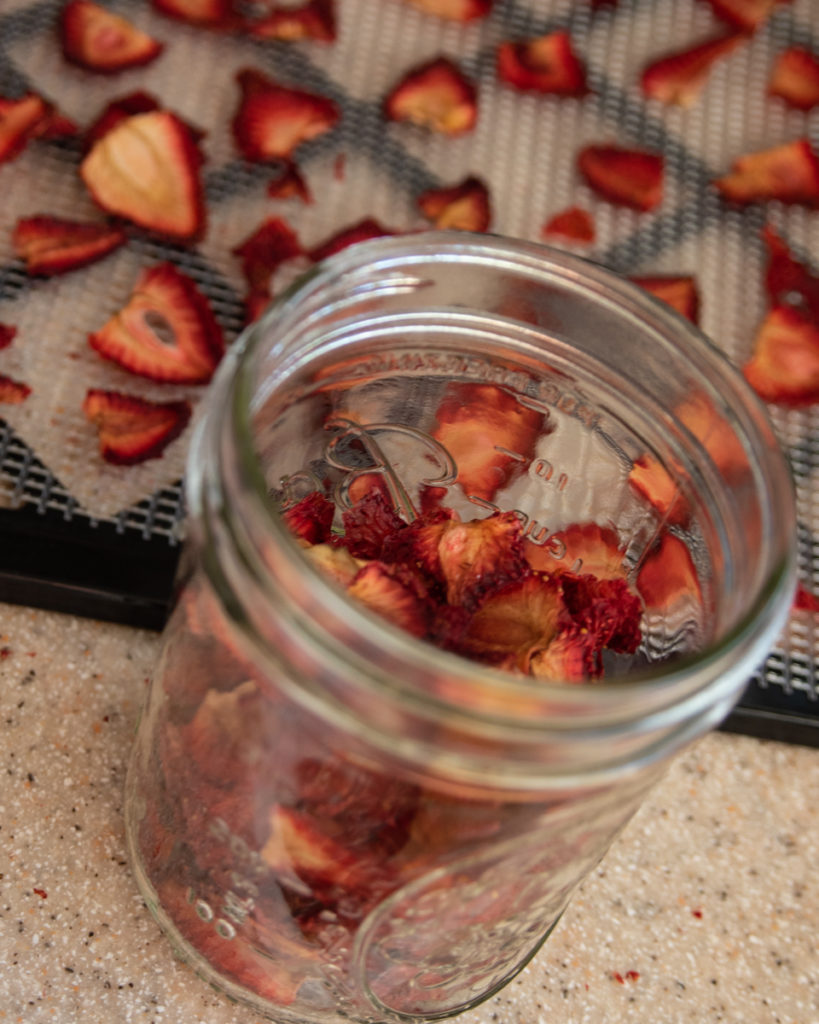
As your fruit is dehydrating, you will want to check on it. About every 3 hours, I turn my fruit over. This makes sure it is not sticking to the sheets and allows air to touch all sides of the fruit at different points during the dehydration process. One of my concerns when I was learning How to Dehydrate Fruit, was when to know the fruit was done. To know your dehydrated fruit is done, pick up a piece and feel it. It should feel like leather. You can bend it and tear it with little effort. Fruit is not a food you would want to snap when you bite into it, it should be chewy.
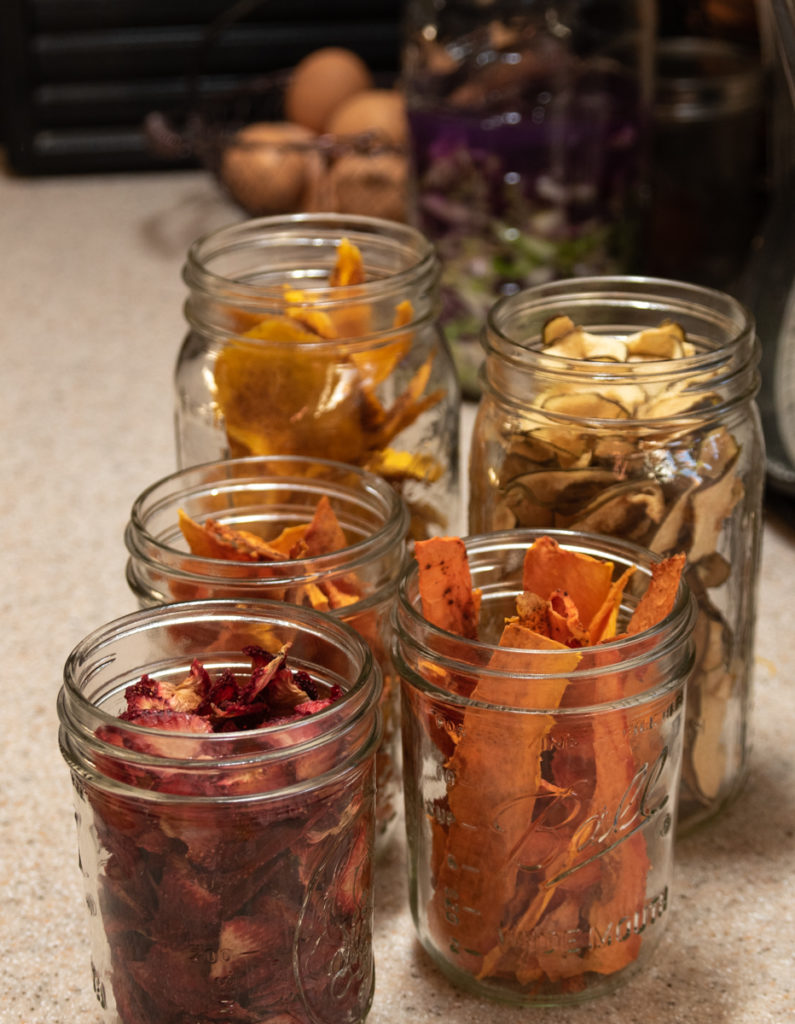
Dehydrating on a bonafide food dehydrator is not much different than doing it in the oven. The biggest difference with using a food dehydrator is convenience. It prevents me from having to monopolizing my oven for a prolonged period of time. I have a specific area where I put my dehydrator, which is out of the way and allows me to use my oven normally. With a dehydrator there are settings for the best temp to dry specific foods. You still slice your fruit thin and lay it in a single layer. I still turn my fruit every 3 hours to make sure it doesn’t stick to the crosshatch sheets. There is not the concern for airflow with a dehydrator since the racks allow the air to circulate all around the fruit evenly.
General fruit drying guidelines:
- Apples and bananas 8 hours
- Peaches, plums and pears 8 hours
- Sliced oranges, lemons, grapefruit 8-10 hours
- Cherries, blueberries, strawberries 10-12 hours
- Pineapple, watermelon and papaya 12-16 hours
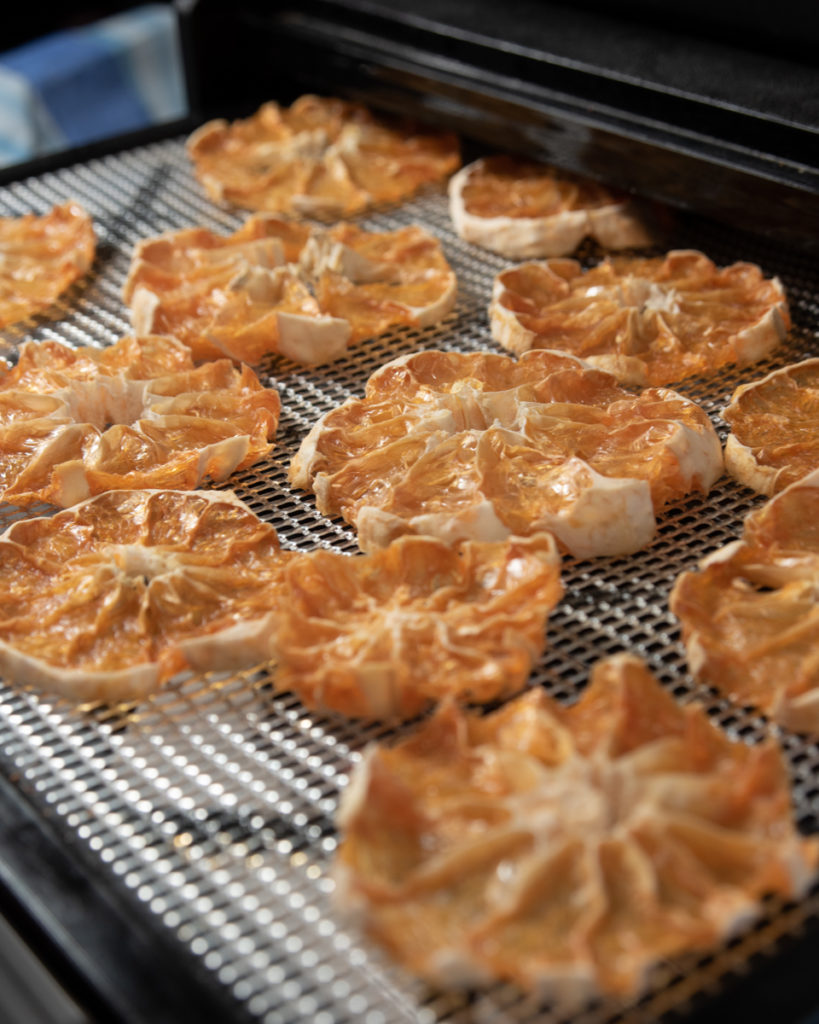
The drying guidelines are just that, guidelines. You will want to test the fruit as it processes, to make sure you have reached the desired level of dehydration. To prevent some fruit from turning brown, such as apples and bananas, you can soak the fruit in lemon juice for 10 minutes prior to dehydrating. Remember, uniformity is your friend when you are preparing food to dehydrate. You can use a mandolin slicer or food processor to keep your cuts equal thickness. Leave the fruit to completely cool for several hours after you have removed it from the oven or dehydrator.
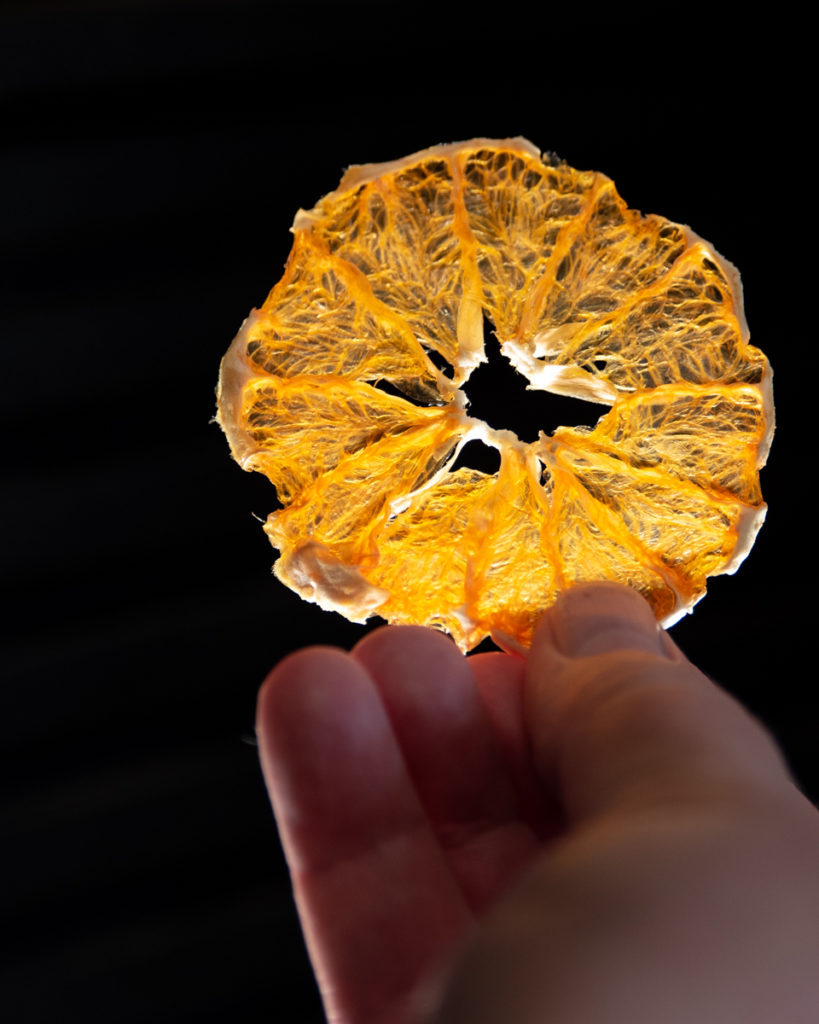
When considering How to Dehydrate Fruit, get creative. Some people like to brush honey on their bananas or even sprinkle with cinnamon sugar prior to dehydrating. I love to add Pico de Gallo spices to my slices of mango and papaya as I lay the fruit on the tray. The spiciness mixed with the intense sweetness of the fruit, is amazing! If you are new to the dehydration process, pick a few of your favorites and experiment. With fruit dehydration, you have nothing to lose because you get to eat all of your mistakes!! Enjoy friends!

Did you enjoy this article? Your comments take just seconds but helps other readers and helps our site gain more followers! Thank you for taking the time to share your comments, I love hearing from you!
